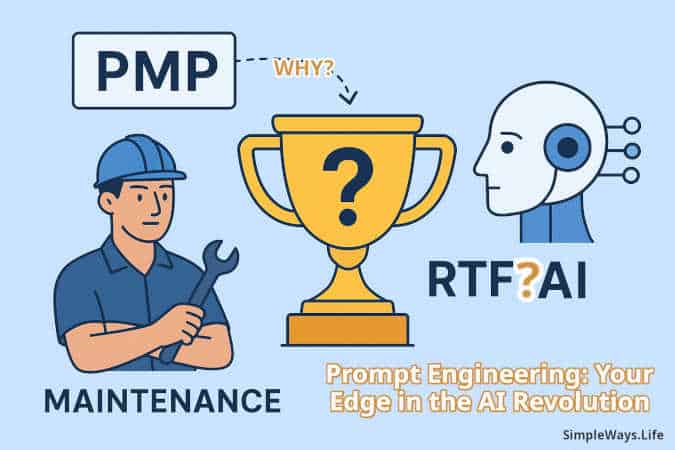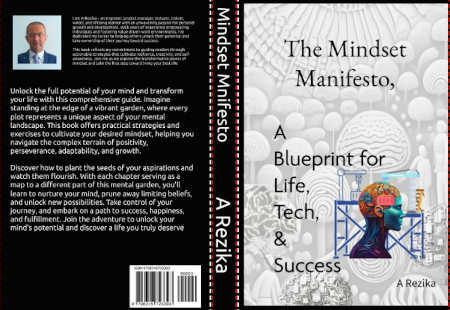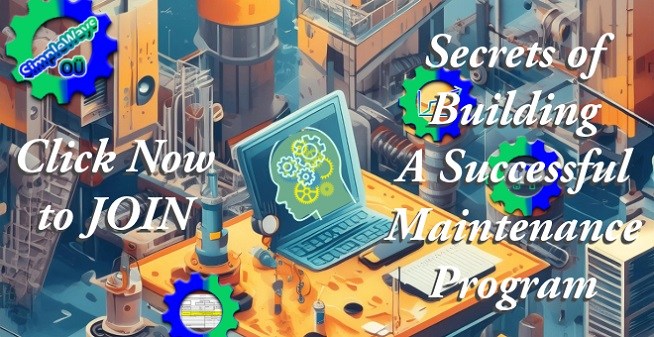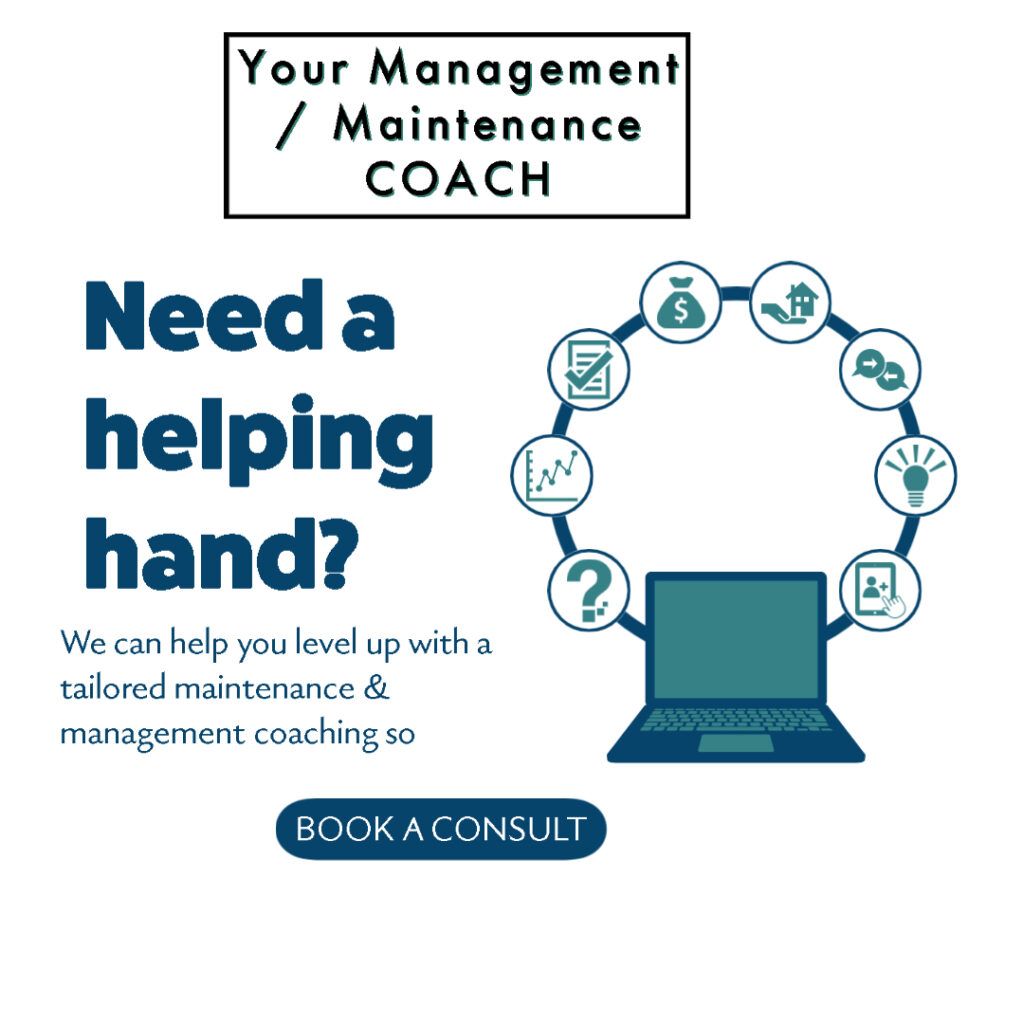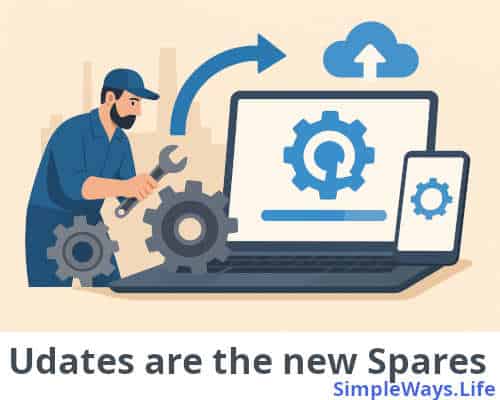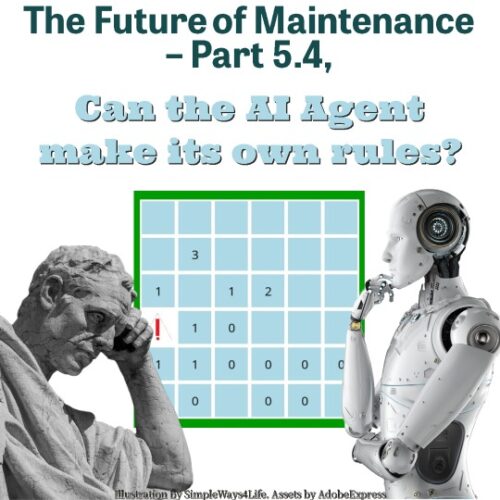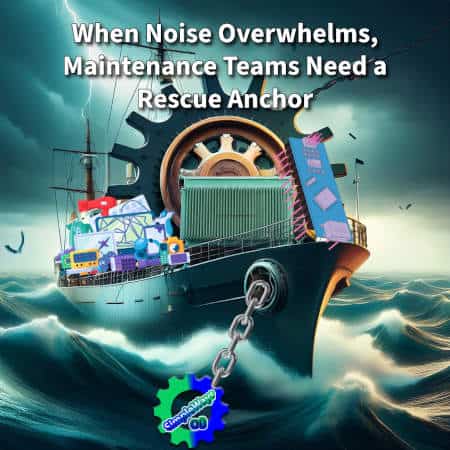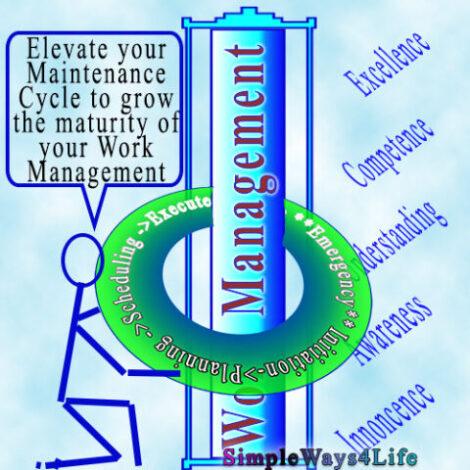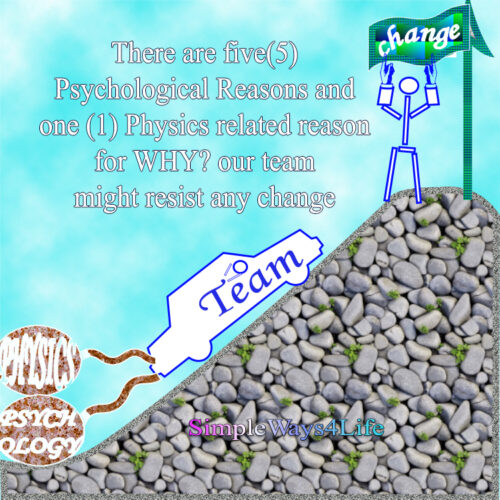If you are not yet at mastery level in using AI professionally, it’s time to bridge that gap. Prompt Engineering is no longer a niche skill — it is the power lever in today’s AI-driven economy. It’s how leaders unlock sharper answers, faster solutions, and breakthroughs that others miss. In the AI revolution, the right prompt is the difference between noise and clarity, between average output and transformative insight. And if you’re ready to learn, this series will guide you there. Starting from Today’s article we shall share PMP formulas for succession in Prompt Engineering, Practical guide, steps and maintenance examples to learn from and apply
Why I usually try to convey project management best practices to maintenance fields because maintenance is a project by nature. Even some of the official project definitions do not apply, we still can run it as an agile project. You can learn more from this article: How to think of maintenance tasks execution as mini projects?
And if you need a true mindset demystification and tuning you can find this in my book: The Mindset Manifesto: A Blueprint to Life, Tech & Success
Ready to transform your mindset? Click and Get your copy > Now For Sale on Simpleways.life & Amazon
Why AI mastery and Prompt Engineering skill are crucial?
Across industries, from project managers to startup founders, mastery in Prompt Engineering is quickly becoming a leadership credential. PMP training now includes prompt design so project managers can ask the right questions in the right way. Even slight changes in a prompt can shift AI’s response entirely — tone, accuracy, depth — and knowing how to control these shifts is a competitive advantage. Those who ignore this skill risk falling behind; those who embrace it lead.
This isn’t theory — companies are restructuring to keep up. Microsoft now considers AI proficiency in performance reviews. Shopify’s CEO requires proof that AI can’t do a job before hiring a human for it. Visionary voices like Dr. Salah Al Rashed warn that his businesses won’t retain employees who don’t master AI. Globally, the war for AI talent is intense; salaries, perks, and flexibility compete with one another, but the real currency is skill. Prompt Engineering sits at the center of that currency regardless of the niche.

CUSTOMPRICE-TO2JAN26
Next week, we take this from talk to reality. I’m launching an AI-powered app that builds tailored business models through precision Prompt Engineering — section by section, situation by situation. It works like an Agentic AI: it receives the goal, crafts optimized prompts for each step, and delivers outputs you can act on immediately. The AI revolution is here. The leaders in it will be the ones who master the prompt.
What Maintenance Can Learn from PMP’s Focus on Prompt Engineering
Before rushing to use AI, great project managers pause and ask the right questions. PMP now teaches a disciplined approach to Prompt Engineering that ensures the right tool is chosen for the right task. One of their most practical tools is the Determining Whether GenAI is the Right Solution – Checklist. Applied correctly, it saves time, avoids wasted effort, and ensures AI delivers value.
The first step is to identify repetitive or time-consuming tasks. In maintenance, this could mean report preparation, recurring inspection notes, or troubleshooting logs. If these tasks could benefit from a knowledgeable assistant that learns over time, AI might be the answer.
Next, determine whether the task can be improved or automated through generative AI. This is where Prompt Engineering shines — framing the problem in a way that lets AI generate precise, actionable outputs. Poorly framed prompts waste time; well-crafted ones make automation smooth.
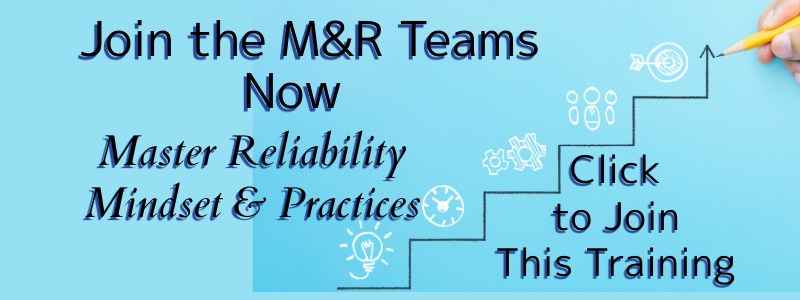
CUSTOMPRICE-TO2JAN26
Evaluate the complexity of the problem. Some issues are straightforward; others involve multiple systems, stakeholders, or regulations. Complex problems may still work with AI, but they need carefully engineered prompts to prevent confusion or errors.
Ask whether the challenge requires creative solutions. Generative AI is uniquely strong in idea generation, scenario planning, and alternative methods — provided the prompts are specific and context-rich.
Then, assess the benefits: Will AI save hours? Reduce errors? Improve decision speed? At the same time, identify limitations and risks. AI may misinterpret poorly written prompts or return overconfident but wrong answers.
Finally, decide with intention. Following this checklist ensures AI adoption is strategic, not impulsive. For maintenance leaders, borrowing this PMP-style Prompt Engineering mindset means AI becomes a trusted partner — not a distraction.
Here’s your next section draft — defining Prompt Engineering, then moving into the first formula (RTF) with clarity, flow, and the “practical-guide” feel your readers expect.
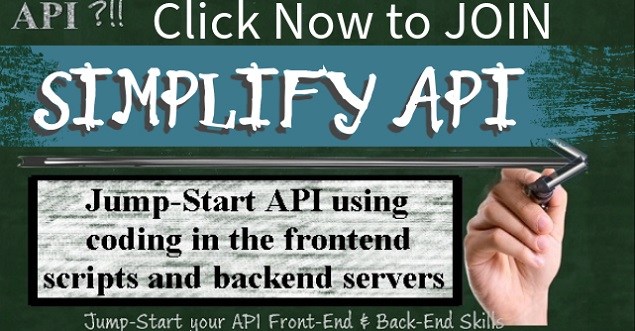
CUSTOMPRICE-TO2JAN26
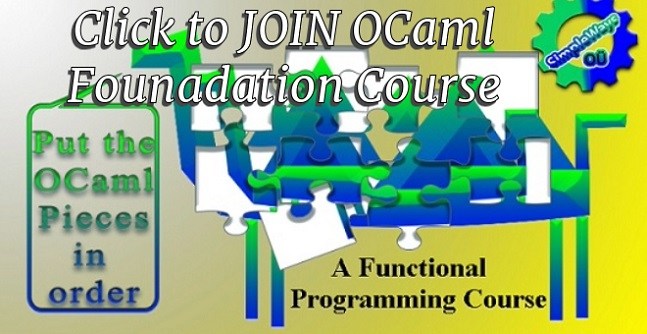
CUSTOMPRICE-TO2JAN26
The First Formula: Role–Task–Format (RTF)
Prompts are your input into generative AI systems to obtain specific results. Prompt Engineering is the craft of meticulously shaping, testing, and refining those prompts to guide AI models toward accurate, relevant, and useful outputs. It’s not guesswork — it’s a disciplined process for optimizing workflows, boosting productivity, and driving project success.
Effective Prompt Engineering combines multiple strategies:
- Crafting specific, structured prompts
- Providing relevant context
- Setting the appropriate tone
- Including examples
- Experimenting and refining
- Understanding the audience
- Using clear language and structure
- Adding reliability checks
In PMP’s updated AI guidance, prompt formulas offer project managers a framework for consistent, effective prompt creation. There are many to choose from, each with its own advantages. One of the simplest — and most widely applicable — is the Role–Task–Format (RTF) formula.
1. Role (R)
Define the AI’s role clearly to set the context. This helps the model adopt the right perspective and knowledge base.
Example: “You are an experienced Electrician in inspecting ABB medium voltage motors running on a drive” or “You are an experienced Allen-Bradley PLC programmer” or “You are an experienced project manager specializing in facility renovations and construction management.”

CUSTOMPRICE-TO2JAN26
2. Task (T)
State precisely what you need the AI to do. Avoid vague terms and make the scope clear.
Example: “Your task is to guide me through the safe steps to inspect the motor and investigate the reason for sudden winding temperature peaks” or “Your task is to guide me how to change the Communication card on the rack and maintain network configuration”or “Your task is to identify potential risks in this renovation project to transform a designated wing into a functional outpatient clinic, considering construction delays, budget overruns, patient safety, and uninterrupted hospital operations.”
3. Format (F)
Tell the AI how to present its output. This ensures the response is usable without extra editing.
Example: “Create a step by step procedure including what to check at each step and how to know that this step was done correctly” or “Create a risk register with the project’s potential risks in table format.”
By applying the RTF formula, maintenance teams and project leaders remove ambiguity from their prompts. The AI starts with the right role, addresses the exact need, and delivers in the format you can immediately use.
Applying Prompt Engineering in Daily Maintenance Work
Applying Prompt Engineering in daily maintenance tasks can dramatically improve efficiency, safety, and decision-making. By crafting precise prompts, maintenance teams can guide AI tools to handle diagnostics, generate targeted reports, and anticipate operational risks before they escalate.

CUSTOMPRICE-TO2JAN26
Many critical maintenance activities — such as emergency repairs, root cause analysis, or safety inspections — are not repetitive. This is exactly why project management concepts fit so well. Like complex projects, these tasks often involve unique conditions, changing priorities, and high-stakes decision-making. A well-engineered prompt helps AI deliver outputs that match these specific scenarios, not just generic advice.
For example, a maintenance engineer might use a structured prompt to analyze downtime logs, identify unusual patterns, and suggest preventive actions. Another prompt could guide AI to review sensor data and highlight anomalies in high-value equipment, considering both performance history and environmental conditions. The key is providing the right role, task, and format so the output is immediately usable.
Prompt Engineering also improves team coordination. AI can produce clear, concise status summaries that keep supervisors, technicians, and safety officers aligned — even during time-critical interventions. This ensures everyone is working with the same information, reducing misunderstandings and delays.
When applied strategically, Prompt Engineering turns AI into a trusted maintenance partner. It frees human experts to focus on the high-priority, judgment-heavy decisions that machines can’t replicate — exactly where human skill matters most.
We will continue sharpening your Prompt Engineering skills with more formulas and real-world maintenance applications. Each formula will address different scenarios, from preventive scheduling to troubleshooting and post-maintenance reporting.
In upcoming sections, you will see tested prompt templates, adaptation tips for various equipment types, and live examples from maintenance environments. By practicing these methods, you’ll build a toolkit of AI-ready prompts that save time, boost accuracy, and make every maintenance decision more reliable.
If you feel you need help with any of these ideas we discussed, request a Management Consultancy or Coaching Services From our Store

